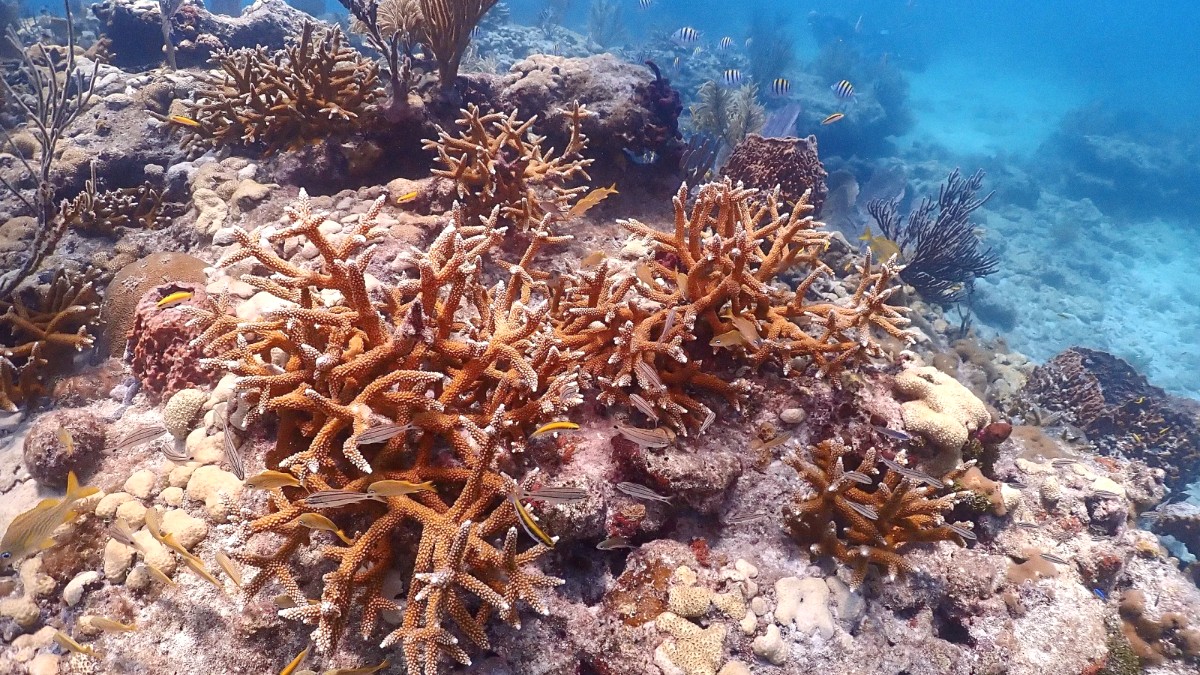
Therefore, details like route maps, important hubs, ticketing systems, fare options, hours of operation, frequency, and accessibility information, as they relate to a formal public transit system, are not applicable. Travelers should be aware that their transportation choices will mainly involve taxis, rental cars, or walking.
For budget travelers, however, an informal alternative exists. You can inquire about shared "vans" or informal taxis. These often operate somewhat like a bus service along the main roads. They may not have fixed stops or schedules but pick up passengers going in the same general direction. To use these, you typically flag them down from the side of the road. Ask locals for advice on how to best use this informal system.
Always confirm the fare with the driver before beginning your journey, even with informal shared vans.
While these shared vans exist, they do not hold the reliability or coverage of a formal public transport network.
For exploring specific attractions or reaching remote areas, you will likely need to rely on pre-arranged taxis or a rental car. Plan your movements accordingly.
$90 - $200
$200 - $500
$500+
USD
Taxis provide a common and convenient way to get around Sint Eustatius, especially for travelers without a rental car. They are generally reliable and easy to find at locations.
Taxis meet all arriving flights at F.D. Roosevelt Airport. You will find them waiting just outside the terminal.
For departures, your hotel can arrange a taxi to take you to the airport. It is a good practice to book your departure taxi the day before your flight.
Taxis offer a direct and stress-free way to travel, especially for airport transfers or specific point-to-point journeys.
Renting a vehicle in Sint Eustatius holds the most flexibility for exploring the island at your own pace. This section details car rental procedures, alternative vehicle options, and important driving information.
No formal bicycle sharing programs operate. Some accommodations may offer bikes. If bringing your own, consider a Comfortable cruiser bicycle for light use.
Cycling is a pleasant way to explore Oranjestad.
Drive on the right-hand side of the road. Seatbelts are mandatory for all occupants. Speed limits are low, typically 40 km/h (25 mph) in built-up areas and 60 km/h (37 mph) outside. Pay attention to local signage.
Ample free parking is available throughout the island.
Paved roads in Oranjestad are generally in good condition. However, roads leading to more remote sites or The Quill trailhead can be steep, unpaved, or have potholes. Exercise caution, specifically on unpaved sections or during wet weather.
Parking is rarely an issue.
Embrace walking and cycling to discover hidden corners and enjoy the island's quiet beauty up close.
Choose routes that match your comfort and skill level. Stick to well-maintained paths for walking and roads with lighter traffic for cycling.